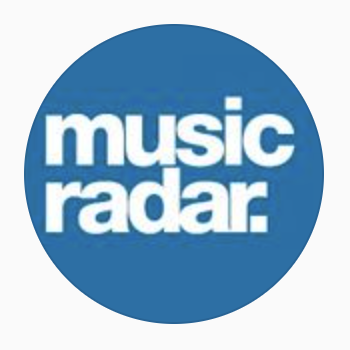29 Les Paul legends: part 1
Iconic players of an iconic guitar
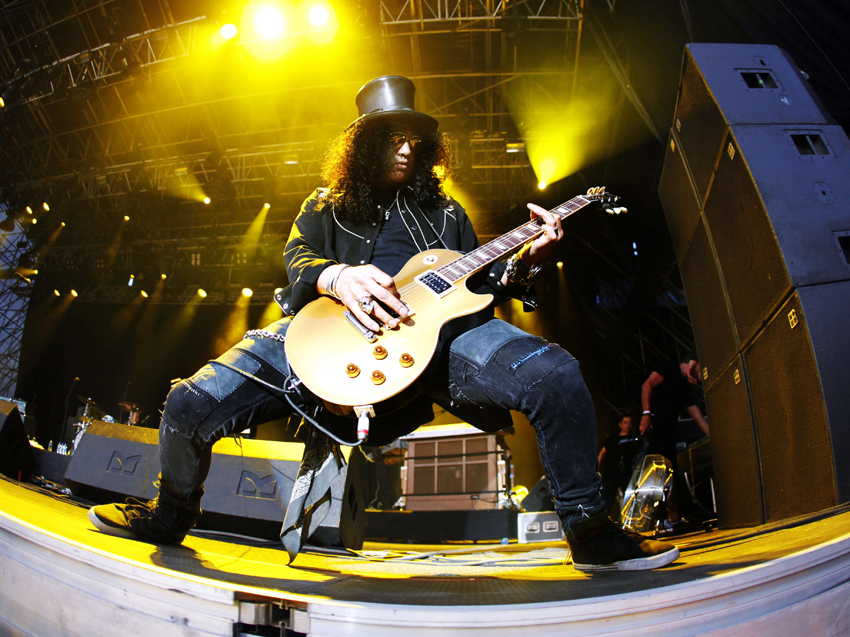
29 Les Paul legends
As with the Fender Stratocaster, the Gibson Les Paul has its own share of iconic players.
The man Les Paul may have passed away in August 2009, but it’s fair to say that the guitar bearing his name will be around as long as players want to make thick, tone-heavy guitar music.
Join MusicRadar on its appreciation of 29 Les Paul legends. In part 1, you’ll see Jimmy Page, Freddie King, Slash and many more.
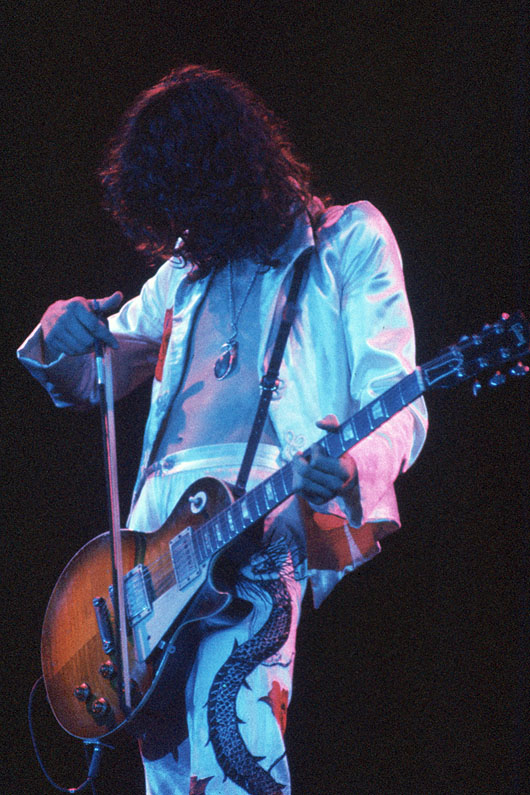
Jimmy Page
Led Zeppelin’s lord of the strings has used many guitars over the years: Fender Teles, Danelectros, Gibson EDS-1275 double-necks... But it’s the Les Paul that is Page’s most iconic guitar.
His #1 ’59 sunburst was a purchase from Joe Walsh for $500; his #2 ’59 is modded with push/pull-pots giving myriad pickup combinations; #3 is a Roger Giffin-made replica that isn’t actually a Gibson at all. And that’s just three of the 1500 (his claim!) guitars Page is estimated to own.
#1 is the guitar on Whole Lotta Love, Black Dog, Rock And Roll and many more Page classics.
London auction house Cooper Owen reckons JP’s #1 would command £1m if ever put up for sale: "We know someone who would pay that right now,” they say.
But Page isn't selling. Those of more modest means can hunt down Gibson’s limited-edition signature model replica – a mere £30,000.
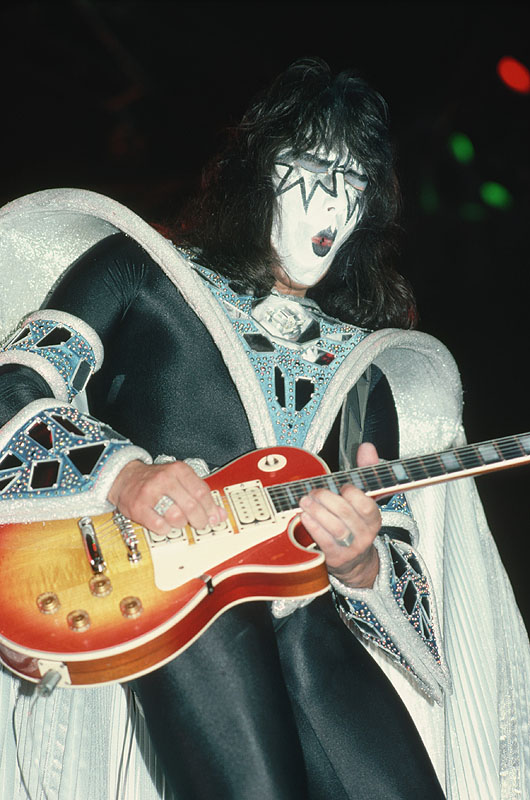
Ace Frehley
When you’re wearing lightning-bolt makeup, dressed like a glitter-loving alien and you’re setting off smoke bombs on stage, does it really matter what kind of guitar you play?
If you’re Ace Frehley, Kiss’s original lead guitarist, it’s a Gibson Les Paul or nothing at all. On the group’s earliest albums, most notably on tracks such as Cold Gin and Shock Me, Frehley relied on a 1973 tobacco sunburst Deluxe with three full-sized humbuckers.
Throughout his Kiss years, Frehley, an economical, melodic soloist, experimented with various Les Pauls (and smoke bomb contraptions, which tended to ruin pickups), but he was particularly fond of a 1959 sunburst that he used on his 1978 solo album which featured the how-catchy-can-a-riff-get? hit, New York Groove.
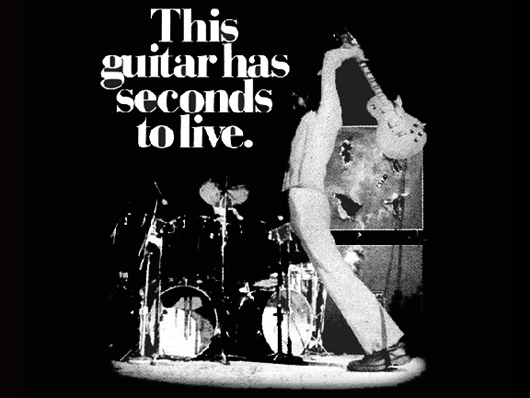
Pete Townshend
Although many different brands of electric guitar were smashed onstage with The Who, Townshend's 1970s weapon of choice was the Les Paul Deluxe.
Gibson had discontinued his favoured SG Special, so 1971 saw him begin using mini-humbuckered Deluxes onstage. By 1976, he had nine heavily-modified Les Paul Deluxes for stage use, each individually numbered and including retrofitted DiMarzio Dual Sound humbuckers in the middle position.
In 2005 Gibson commemorated Townshend's patronage of the Les Paul Deluxe with signature models based on his number one, number three and number nine models. Click here for a full run-down on the many mods made to his stage guitars by tech Alan Rogan.
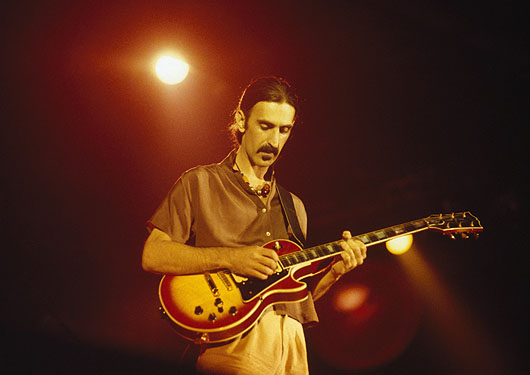
Frank Zappa
Ever the polymath, Zappa played just about any guitar he could. But for Hot Rats and later axe-centric, improvisational explorations (eg Shut Up And Play Yer Guitar) he went for Les Pauls.
His Hots Rats Goldtop is the talking point, modded with a third pickup just in front of bridge and numerous extra switches. What did the buttons do? Made it sound mad, most likely.
It was auctioned in 2006 for £70,000.
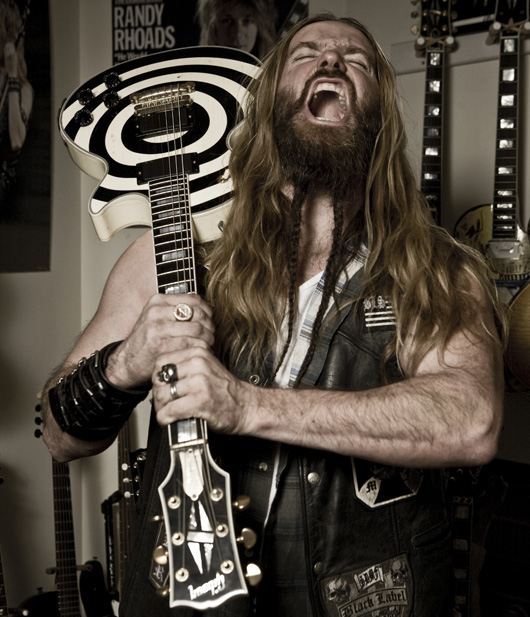
Zakk Wylde
From the moment he picked up a Les Paul at age 15, Zakk Wylde pursued a single, solitary dream with laser-beam intensity: to play guitar for Ozzy Osbourne. “There was nothing else I wanted to do with my life,” he admits.
Filling the void left by deceased guitar legend Randy Rhoads took an uncommon amount of guts (Wylde was just 19 when he landed the Ozzy gig), and it took a certain kind of guitar - a 1981 Les Paul Custom outfitted with EMG humbuckers and a ‘bullseye’ graphic which is referred to as ‘The Grail.’
Able to mix high-speed jazz, Southern rock and molten metal into a style all his own, Wylde has used The Grail and a similar Les Paul Custom called ‘The Rebel’ (once sporting a Confederate flag paint job and now covered with beer bottle caps) throughout his career with Osbourne and his own band Black Label Society.
Gibson has awarded Wylde numerous signature Les Paul models over the years. Read about them here.
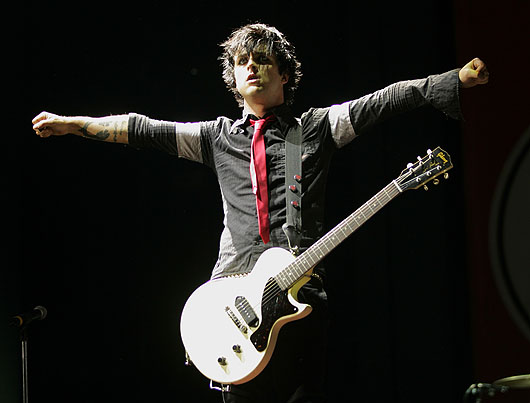
Billie Joe Armstrong
Although the Green Day frontman's guitar of choice throughout the '90s was 'Blue', a Fernandes S-type that he was given at the age of 10, for most of the last decade Billie Joe Armstrong has favoured P-90 loaded Les Paul Juniors.
Armstrong now owns more than 20 original 1950s Juniors, his favourite a 1956 example he calls Floyd that was purchased in 2000 prior to the studio sessions for Green Day's Warning LP.
With vintage prices heading skywards, fans can opt for either the still-not-cheap Gibson Billie Joe Armstrong signature model, or a modestly-priced USA Junior.
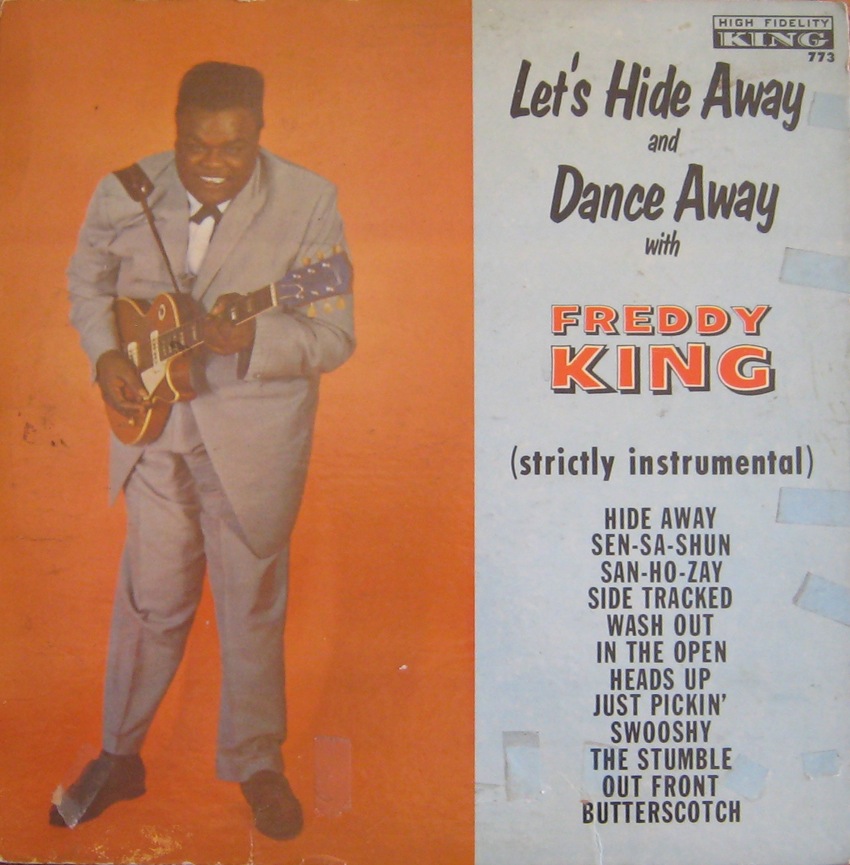
Freddie King
Eric Clapton says it’s this album cover that inspired him to buy a Les Paul for his stint in John Mayall’s Bluesbreakers.
Freddie/Freddy King didn’t just spur on EC (who covered King’s Hideaway on the 'Beano' album): Peter Green was also a King aficanado, covering King’s The Stumble on Mayall’s A Hard Road album of ’67.
King himself was a taut, melodic player. His riffs were memorable while he could wail with the best of his peers. After BB and Albert, he’s the most-underrated of electric blues’ ‘three Kings’. He died aged just 42, but did much to inspire the Brit-blues boom of the '60s.
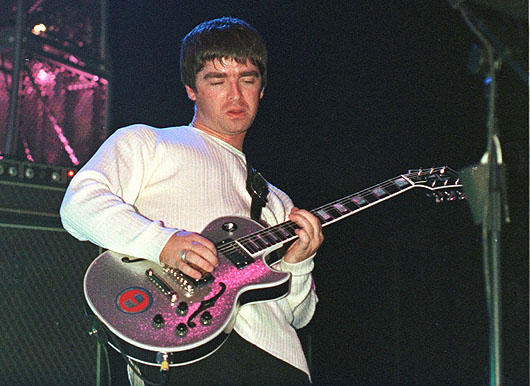
Noel Gallagher
Noel Gallagher famously used an Epiphone Les Paul to record the lion's share of Definitely Maybe, the instant classic debut LP released by Oasis in 1994.
The same year, Johnny Marr had given him a genuine Gibson - a late sixties model apparently also owned by Pete Townshend - and Noel wrote Slide Away immediately on picking it up. "That song wrote itself, I swear it did," he claimed, to which Marr responded, "Well, if that's the case, then I reckon he owes me a couple of million in royalties."
That particular guitar was smashed in an onstage altercation with a fan, but over the last decade Noel has used Tom Murphy aged Custom Shop Les Pauls for the rockier moments in the Oasis live set.
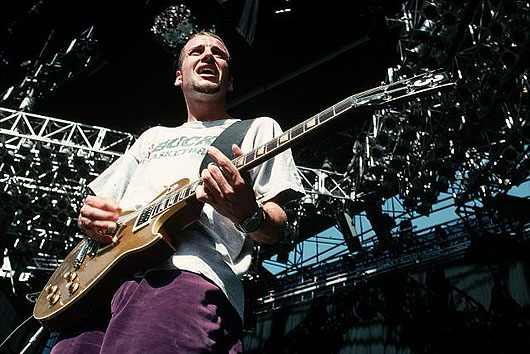
Stone Gossard
Pearl Jam’s man of riffs likes the classics: 90% of the time he plays Fender Strats or Gibson Les Pauls.
He has three main LPs – a '54 and '73 (Goldtop Deluxes), and a sunburst LP he's had since the days of proto-grungers Mother Love Bone.
Pearl Jam’s soupy riffs always feature a Les Paul somewhere, and as primary writer of PJ classics Alive, Even Flow and Black, Gossard continues to fly the flag for Gibson Les Pauls.
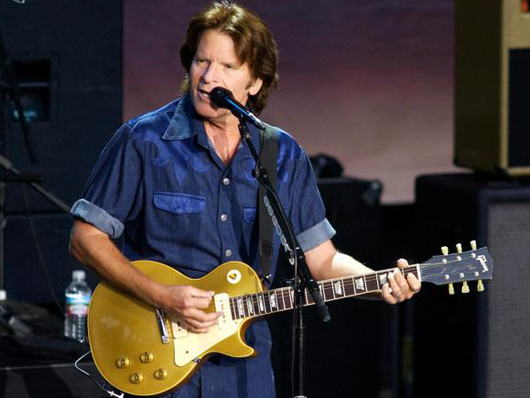
John Fogerty
As writer, singer and guitarist for one of America’s greatest rock ‘n’ roll bands, John Fogerty experimented with a number of guitars (Rickenbackers particularly).
But it wasn’t until he bought a Les Paul that “the Red Sea had parted.”
Famous for his ‘swampy’ sound, Fogerty used two Les Pauls, one with a Bigsby vibrato and one with a standard tailpiece, which he played through both Fender (Vibrolux, Concert) and Kustom amps. For ’D’ tuned songs such as Bad Moon Rising, the pickup switch would be in the mid position.
After turning solo, Fogerty continued to use Les Pauls both live and in the studio. Here is he playing a 1956 Goldtop reissue with P-90 pickups.
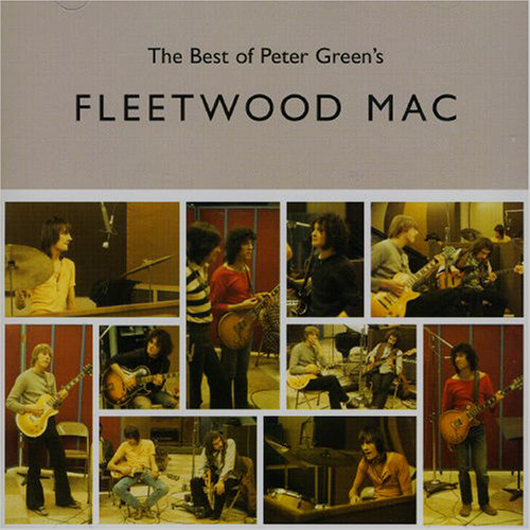
Peter Green
Like other lauded Brit-blues players (Eric Clapton, Jack Bruce, Mick Taylor), Green cut his teeth as a member of The Bluesbreakers. But it was with two other alumni from that band, Mick Fleetwood and John McVie, that he truly made a name for himself.
In the original Fleetwood Mac, Green played a 1959 sunburst Les Paul that became known as his ’magic guitar', so sweet was its vibrato, tone and sustain.
Part of this might be due to a modification to the neck pickup, which had its magnet reversed, rendering the guitar out-of-phase, but all of it is due to Green’s soulful phrasing and swinging shuffle grooves, as heard on tracks like Black Magic Woman and Oh Well.
Green binged on LSD and quit Fleetwood Mac in 1970. Diagnosed as schizophrenic, he spent time in hospital and led a tramp-like existence for many years. In the '90s he made a comeback and still performs. As for that ‘magic guitar’? He sold it to Irish rock-blues player, Gary Moore.
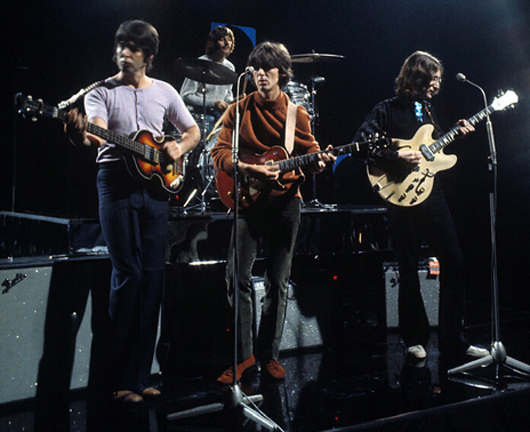
George Harrison
George Harrison and Eric Clapton shared a love for the same woman (Patti Boyd, who they both married), and the two were equally smitten with a certain 1957 Les Paul Goldtop.
Clapton gifted Harrison with the guitar, which was refinished cherry red by its previous owner, American rock guitarist Rick Derringer. Harrison immediately nicknamed the Les Paul ‘Lucy’, after crimson-haired TV icon Lucille Ball.
Harrison played Lucy for much of ‘68 and ‘69, using it on various cuts on ‘The White Album,’ Let It Be and Abbey Road. Here he is strumming it in the video for Revolution. But the Beatle had no problem handing it back to Clapton to cut the searing guest-lead-guitar on The Beatles' While My Guitar Gently Weeps.
In the early ‘70s, Lucy was stolen from Harrison’s Hollywood home. The guitarist went to great lengths and considerable expense to retrieve it - in Guadalajara, Mexico, of all places.
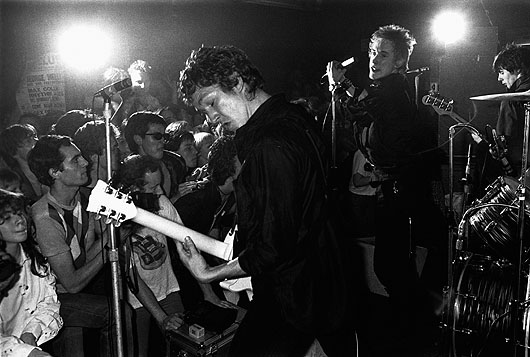
Steve Jones
Legend has it that Steve Jones's iconic white 1974 Les Paul Custom was stolen from Mick Ronson when he and his bandmates posed as roadies at a David Bowie concert. Or did Malcolm McLaren steal it from The New York Dolls' Sylvain Sylvain?
Like everything about The Sex Pistols, the truth about the guitar's origin has been lost in myth and tall tales and a willingness to print the legend in the decades since their still-incredible debut, Never Mind The Bollocks... was released in 1977.
2008 saw Gibson unveil a high-end replica model as a tribute to the guitarist whose sledgehammer rhythms still resonate throughout loud, obnoxious rock music of many different sorts.
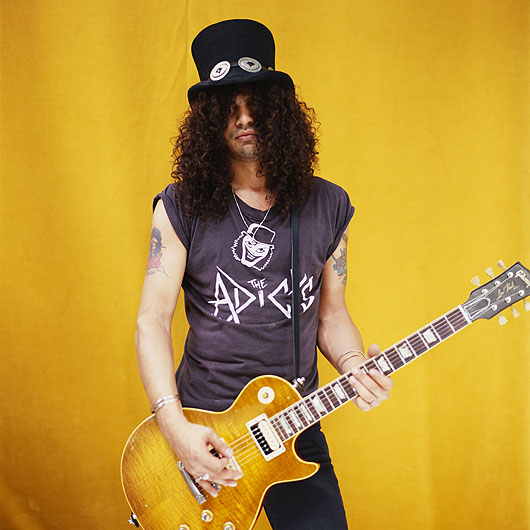
Slash
Few guitarists are more synonymous with the Les Paul than a certain Mr Saul Hudson. However, some still don't realise that it was a replica, not a bona fide Gibson, that Slash used to record Appetite For Destruction.
During the sessions, Slash was frustrated with his studio guitar sound, but GN'R manager Alan Niven saved the day when he brought in a Kris Derrig replica '59 Les Paul Standard with Seymour Duncan Alnico Pro II pickups. This would promptly become Slash's main 'go-to' guitar for years, and he even told MusicRadar that it would be the one that he'd run into a burning building to save.
That said, the man who has done more for the popularity of Gibson than anyone since the late 1980s has played plenty of legit models too, and now there's even a whole range of Epiphone and Gibson signature models.
MusicRadar is the number one website for music-makers of all kinds, be they guitarists, drummers, keyboard players, DJs or producers...
- GEAR: We help musicians find the best gear with top-ranking gear round-ups and high-quality, authoritative reviews by a wide team of highly experienced experts.
- TIPS: We also provide tuition, from bite-sized tips to advanced work-outs and guidance from recognised musicians and stars.
- STARS: We talk to musicians and stars about their creative processes, and the nuts and bolts of their gear and technique. We give fans an insight into the craft of music-making that no other music website can.
